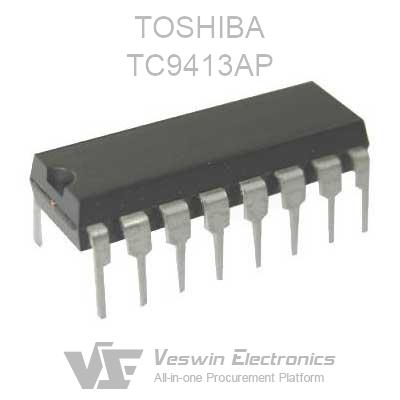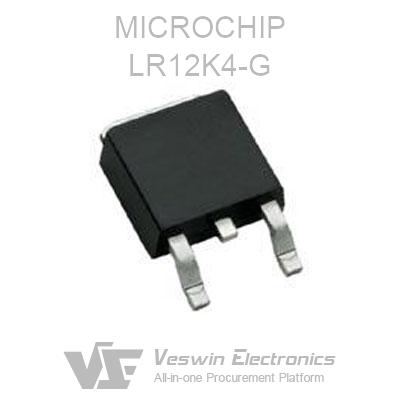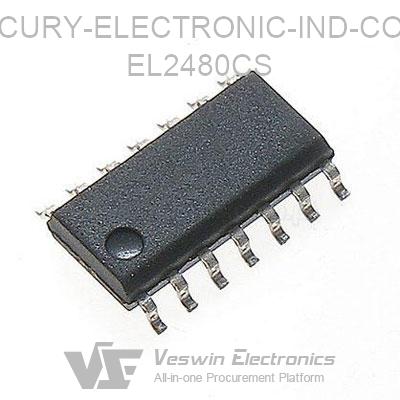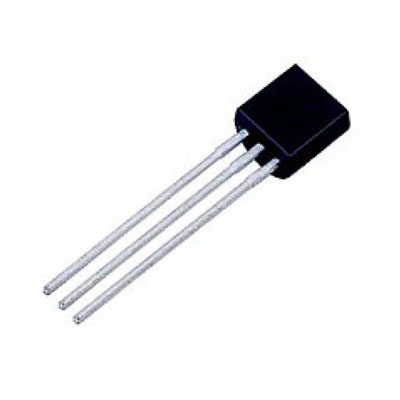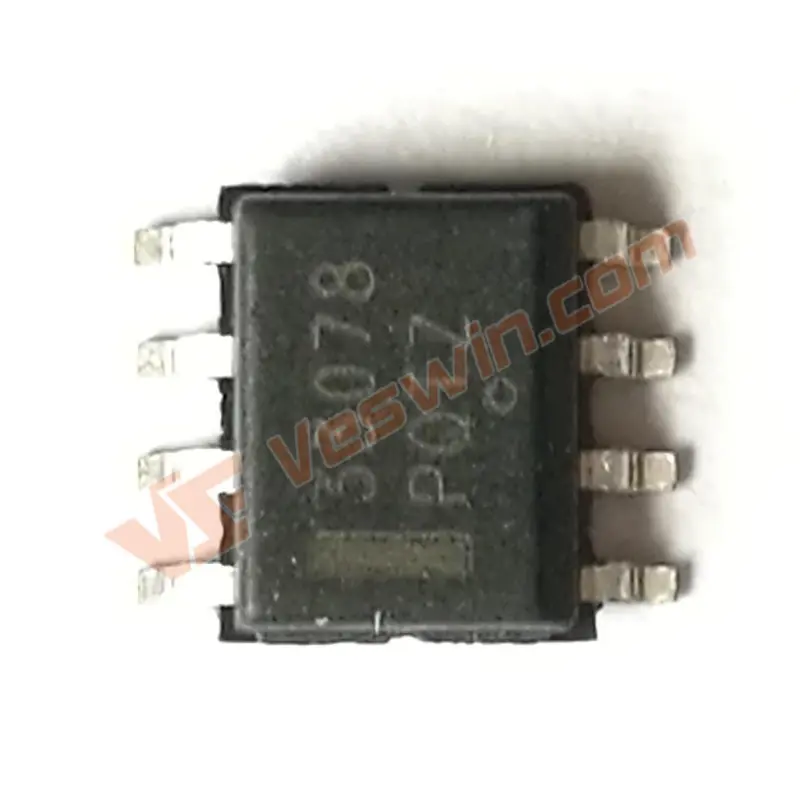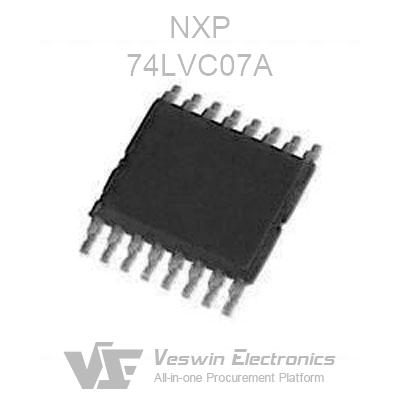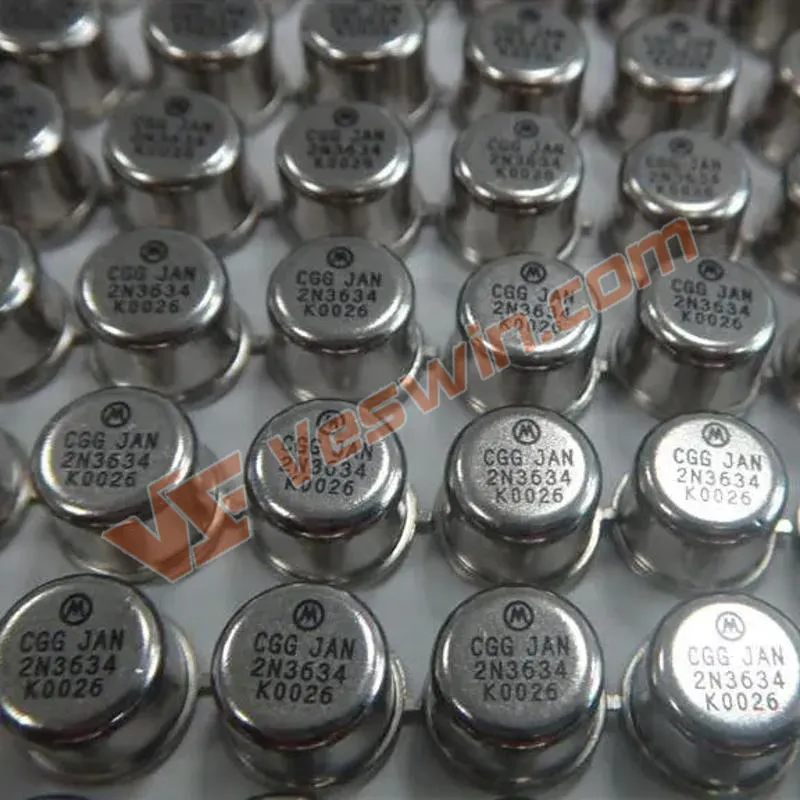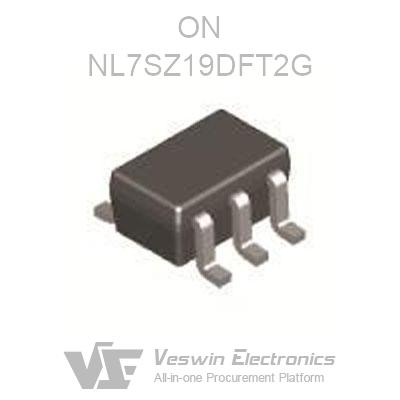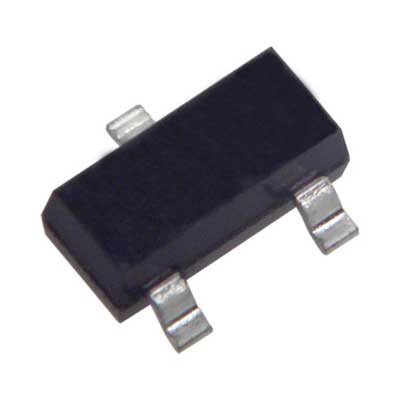Inductors, also known as chokes and dynamic reactors, are components that can store electrical energy by converting it into magnetic energy. The structure of an inductor is similar to that of a transformer but with only one winding. Let's start by understanding the structure and characteristics of inductors.
Inductors generally comprise a skeleton, winding, shield, encapsulation material, core or iron core, etc.
1、Skeleton
The skeleton is generally referred to as the support for winding the coil. Some of the larger fixed inductors or adjustable inductors (such as oscillation coils, current resistors, etc.), most of the enameled wire (or yarn-wrapped wire) around the skeleton, and then the magnetic core or copper core, iron core, etc. into the cavity of the skeleton to improve its inductance.
The skeleton is usually made of plastic, plastic wood, or ceramic and can be made into different shapes depending on actual needs. Small inductors (e.g., color-coded inductors) generally do not use a skeleton but instead wind enameled wire directly onto the core. Hollow inductors (stripped or hollow coils, primarily used in high-frequency circuits) do not use cores, bobbins, shields, etc. Instead, they are first wound on a mold and then removed from the mold, and the coils are pulled apart by a certain distance between each turn.
2、Winding
A winding is a set of coils with a specified function, which is the basic component of an inductor. The winding has a single layer and a multi-layer. Single-layer winding and dense winding (winding wire a circle next to a circle) and between the winding (winding between each circle of wire are separated by a certain distance) two forms; multi-layer winding layered flat winding, chaotic winding, beehive winding method, and other kinds.
3、Magnetic core and magnetic bar
Cores and rods generally use nickel-zinc ferrite (NX series), manganese-zinc ferrite (MX series), and other materials. It has an "I" shape, column, cap shape, "E" shape, can shape, and other shapes.
4、Iron core
The core material is mainly silicon steel sheet, PoMo alloy, etc., and its shape is mostly "E."
5、Shield
To avoid some inductors in the work of the magnetic field generated by other circuits and components to work correctly, it is added to the metal screen cover (such as the oscillation coil of semiconductor radio, etc.). The use of shielding inductors will increase the loss of the coil so that the Q value is reduced.
6, packaging materials
Some inductors (such as color code inductors, color ring inductors, etc.) are wound and sealed with encapsulation materials for the coil and core, etc. Encapsulation materials such as plastic or epoxy resin.
The characteristics of an inductor are the opposite of those of a capacitor in that it has the characteristic of blocking the passage of alternating current while allowing direct current to pass smoothly. When a DC signal passes through the coil, the resistance of the wire itself has a small voltage drop; when an AC signal passes through the coil, a self-induced electromotive force is generated at both ends of the coil, and the direction of the self-induced electromotive force is opposite to the direction of the applied voltage, preventing the passage of AC. Inductors often work together with capacitors in circuits to form LC filters, LC oscillators, and so on. In addition, people also use the properties of inductors to create current resistors, transformers, relays, etc.
Through DC: refers to the inductor to DC as the path of the state. If you do not count the resistance of the inductor coil, then DC can be "unimpeded" through the inductor. For DC, the coil resistance is minimal on the DC blocking effect, so the circuit analysis is often ignored.
Impedance AC: When AC power through the inductor coil inductor on the existence of AC impedance, impeded AC is the inductive resistance of the inductor coil.
Inductors have a specific inductance, which only impedes the change of current. If the inductor is in a state where no current is passing through it, it will try to impede the flow of current through it when the circuit is turned on; if the inductor is in a state where current is passing through it, it will try to maintain the current when the circuit is broken. Inductors in circuits mainly play a role in filtering, oscillation, delay, trapping, screening signals, filtering noise, stabilizing currents, and suppressing electromagnetic interference. The most common role of inductors in a circuit is to work with capacitors to form an LC filter circuit.
Hot News

